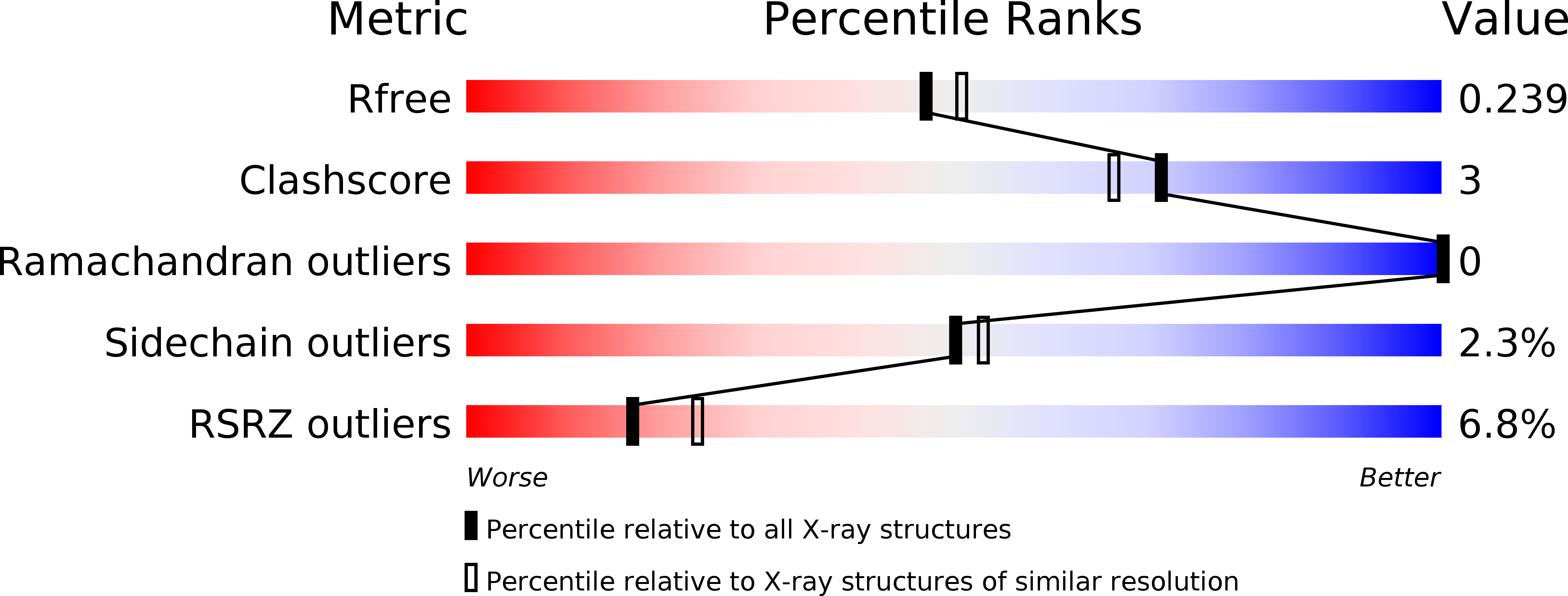
Deposition Date
2015-05-14
Release Date
2016-06-22
Last Version Date
2024-03-06
Entry Detail
PDB ID:
4ZTH
Keywords:
Title:
Structure of human p38aMAPK-arylpyridazinylpyridine fragment complex used in inhibitor discovery
Biological Source:
Source Organism:
Homo sapiens (Taxon ID: 9606)
Host Organism:
Method Details:
Experimental Method:
Resolution:
2.15 Å
R-Value Free:
0.24
R-Value Work:
0.18
R-Value Observed:
0.18
Space Group:
P 21 21 21


